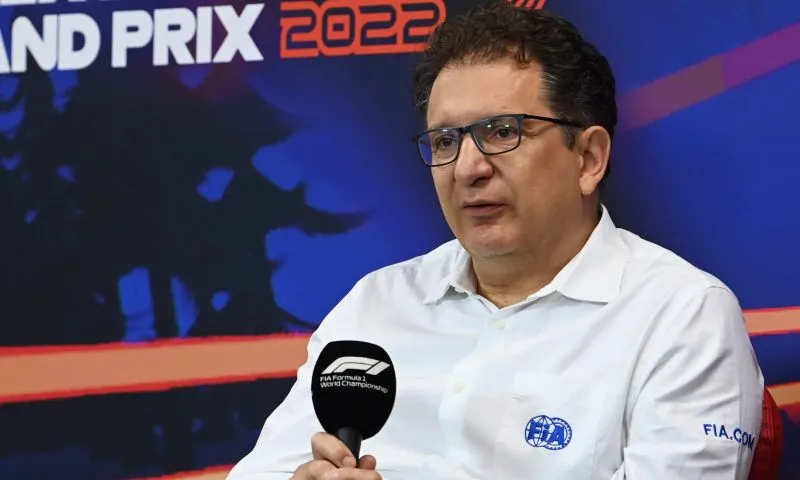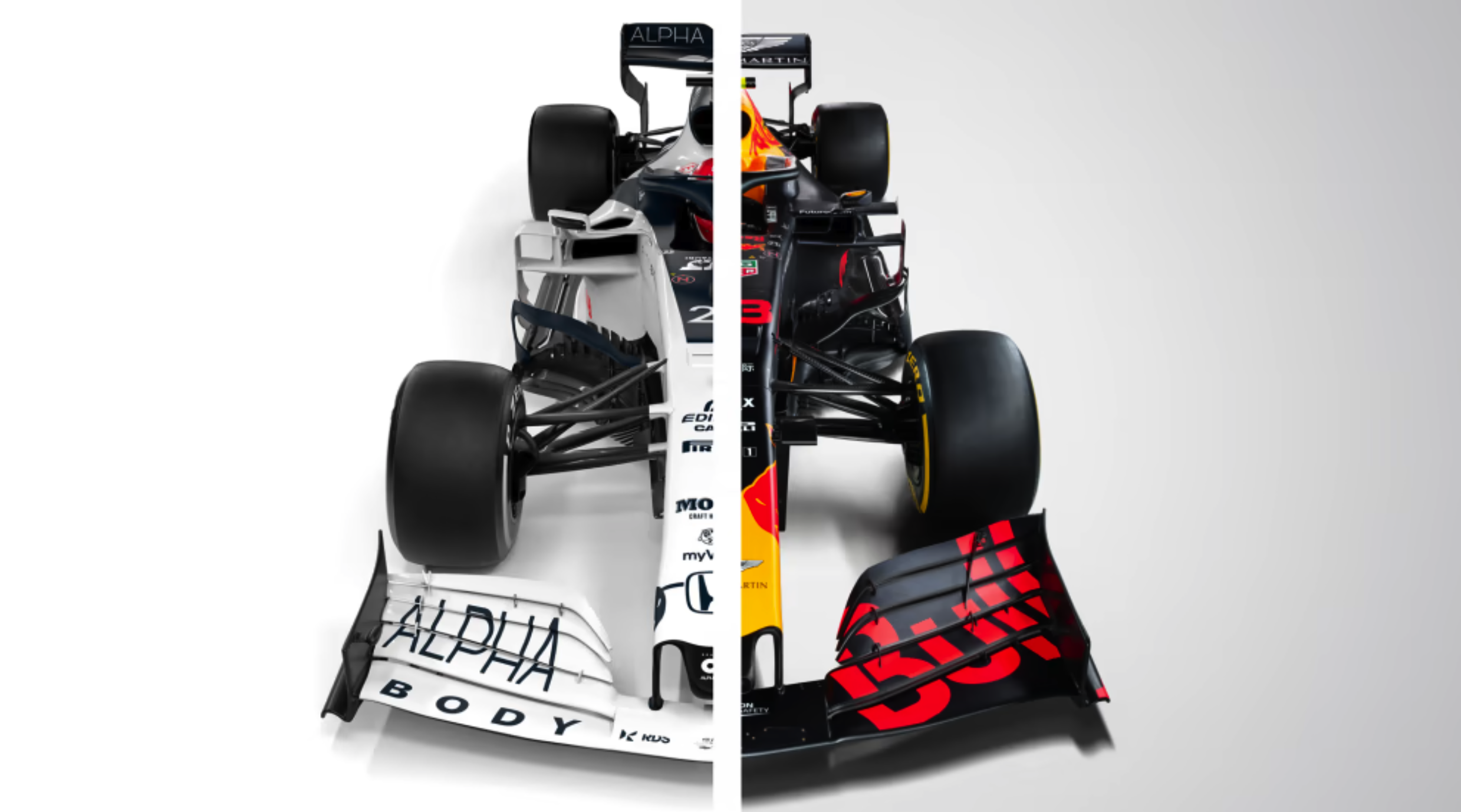Following the conclusion of the 2023 Formula One season, the internet has been hyped with discussions surrounding the anticipated partnership between Alpha Tauri and Red Bull. While this collaboration is expected to inject excitement into the sport, recent reports suggest that the FIA has raised concerns about the partnership potentially pushing the boundaries of F1 rules.
The FIA has outlined significant drawbacks associated with this collaboration, indicating potential violations that could compromise the integrity of Formula One.
Red Bull, AlphaTauri partnership a cause of ‘concern’ for FIA
The FIA is set to issue a comprehensive ruling aimed at any unfair collaboration between the Formula One teams, particularly focusing on instances such as the partnership between Red Bull and Alpha Tauri. The objective is to establish clear guidelines that prevent these collaborations from breaking regulations and ensure a level playing field within the sport.
F1: F1 News: FIA Addresses Concerns About Red Bull AlphaTauri Partnership – Sports Illustrated https://t.co/btNEGXIbV8
— Mark Beacham – VK3XB/5Z4XB/A65B 🇺🇦 (@MarkBeacham) December 7, 2023
Recent weeks have seen a heightened awareness, especially of the new hot topic on the internet: the collaboration between Red Bull and Alpha Tauri. In preparation for the upcoming 2024 season, AlphaTauri has outlined plans to integrate an increased number of Red Bull components, raising concerns among the other teams about the potential for the two teams to gain undue advantages through collaboration.
Recognizing the risks associated with the teams exploiting such collaborations, the FIA is taking proactive measures to ensure the integrity of Formula One. The move is a strategic step to ensure that the spirit of fair competition is still alive and the teams adhere to the regulations set forth by Formula One.
Nikolas Tombazis explains the risk from independent teams
On the other hand, Nikolas Tombazis has acknowledged the challenge of enforcing rule adherence and hence elaborates on the risks taken by the independent teams.
He said, “It’s not just a problem between these two teams, but also between other pairs of teams.”

“We believe that AlphaTauri has completely different aerodynamic solutions than the other team and we don’t believe there is any evidence of direct collaboration.”
Setting aside teams that collaborate independantly, Tombazis highlighted a more significant risk of regulation breaches originating from teams operating independantly by saying, “The main incentive for two teams to collaborate isn’t whether they exchange components or whether they even share a wind tunnel.”
“You can have two teams collaborating; one is in the UK and one is in Argentina, and if two teams want to communicate against regulations, have Zoom calls, and have the engineers chat with each other, that is quite feasible.”
What are your opinions on their collaboration? Tell us in the comment section below.







